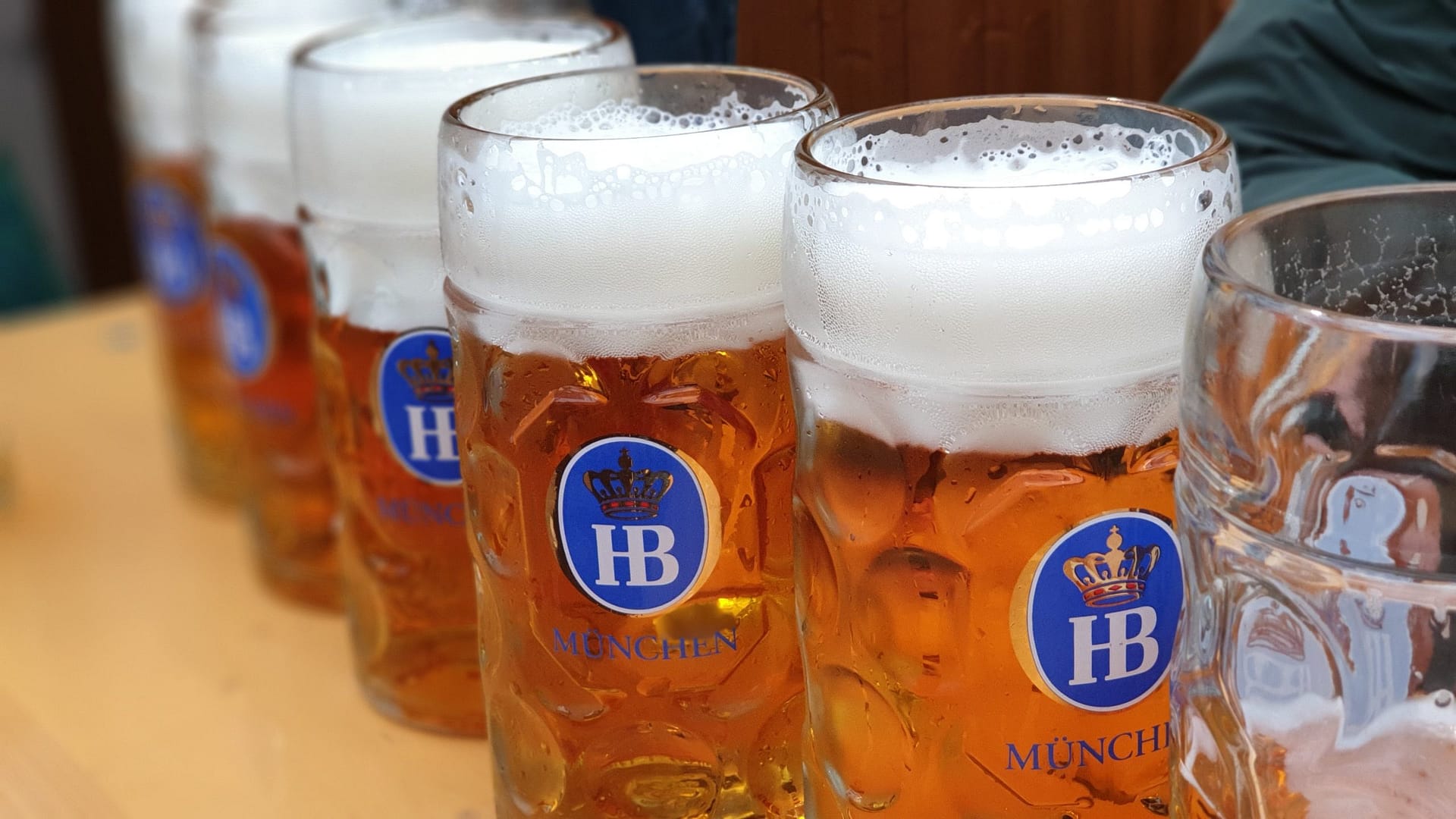Definition of a Stein
So, what is a stein? In the simplest terms, a ‘stein’ is a traditional German beer mug. The word ‘stein’ is derived from the German word ‘Steinzeugkrug’, which translates to ‘stoneware jug’ or ‘tankard’. Steins are typically made of stoneware and are known for their large size, sturdy handle, and hinged metal lid.
The main purpose of a stein is to serve beer. However, it’s not just any beer mug—it’s a symbol of German culture and tradition, particularly associated with Oktoberfest.

The History and Origin of Steins
The history of steins dates back to the 14th century. The Black Plague was sweeping across Europe during this time, leading to several public health regulations, including one that required all food and beverage containers to be covered to prevent contamination from flies. This led to the addition of lids to German beer mugs, resulting in the creation of what we now know as a stein.
Over the years, steins evolved from plain, practical containers to elaborate works of art. They began to feature intricate designs, often depicting scenes from German folklore and history. The craft of making steins became a respected trade in Germany, with generations of artisans passing down their skills and techniques.
Unique Characteristics of a Stein
The first thing you’ll notice about a stein is its size. Traditional steins have a capacity of 1 litre, which is also known as a Maß. However, you can find steins in a variety of sizes, from miniature souvenir steins to larger, collectable pieces.
Another distinctive feature of a stein is its lid, although what is referred to as a stein in the beer tents in Oktoberfest do not have lids. This feature dates back to the 14th century when the lid was added to protect the beer from flies during the Black Plague.
Many steins are adorned with intricate designs, painting, or relief work. These designs can depict a range of themes, from Bavarian landscapes, historical events, or even feature humorous sayings or proverbs.
How to Properly Use a Stein at Oktoberfest
Using a stein at Oktoberfest is not as simple as just pouring beer and drinking. There’s a certain etiquette that you need to follow to truly appreciate the Oktoberfest experience.
First, when you receive your stein, make sure to raise it in a toast. Toasting is a common tradition at Oktoberfest and is often accompanied by the Bavarian toast “Oans, zwoa, g’suffa!” which translates to “One, two, drink!”.
Next, when holding your stein, make sure to grasp the handle, not the body of the stein. This will not only help maintain the beer’s temperature but also prevent any accidental slips.
Finally, some revelers enjoy downing their steins in one whilst standing on benches, although this is typically frowned upon by locals and prohibited in most tents. Just visit the Hofbrau beer tent if you want to see how fast their security react and eject those breaking the rules! This leads us onto our dos and don’ts.
Dos and Don’ts with Steins at Oktoberfest
Understanding the dos and don’ts with steins at Oktoberfest is crucial for a smooth and respectful experience. Here are a few guidelines to keep in mind:
- Do handle your stein with care. It’s not just a drinking vessel, but a symbol of tradition and culture.
- Don’t try to steal a stein as a souvenir. This is considered theft and is highly frowned upon.
- Do return your stein after finishing your drink. The deposit you pay for your stein (Pfand) is returned to you upon its return.
- Don’t clink the bottom of your stein with someone else’s. Always clink the top to avoid causing any damage.
- Do enjoy your drink and respect others around you. Oktoberfest is all about camaraderie and having a good time respecting others’ space.

